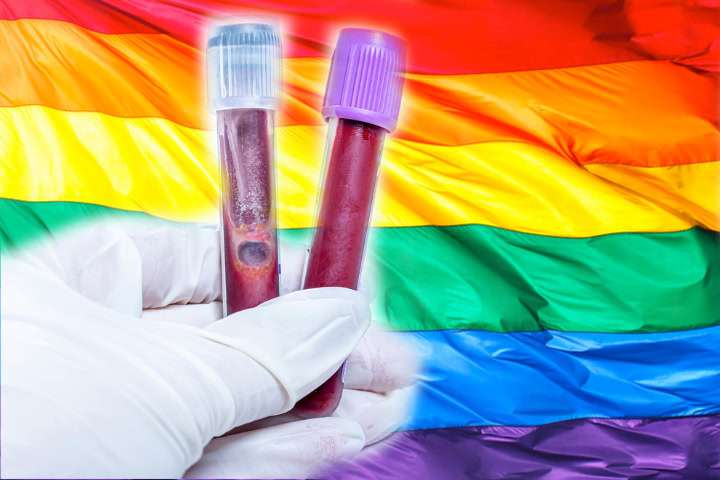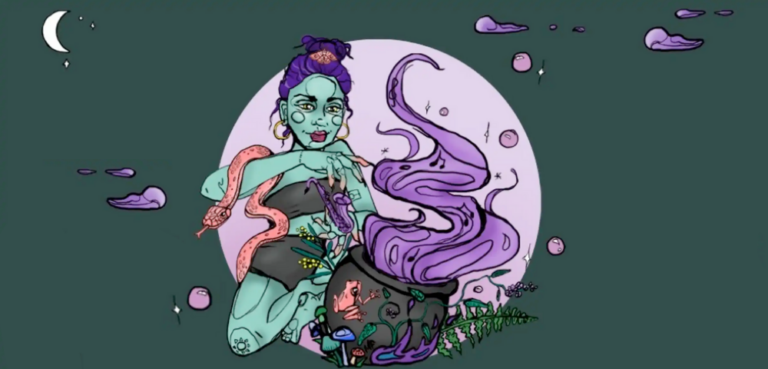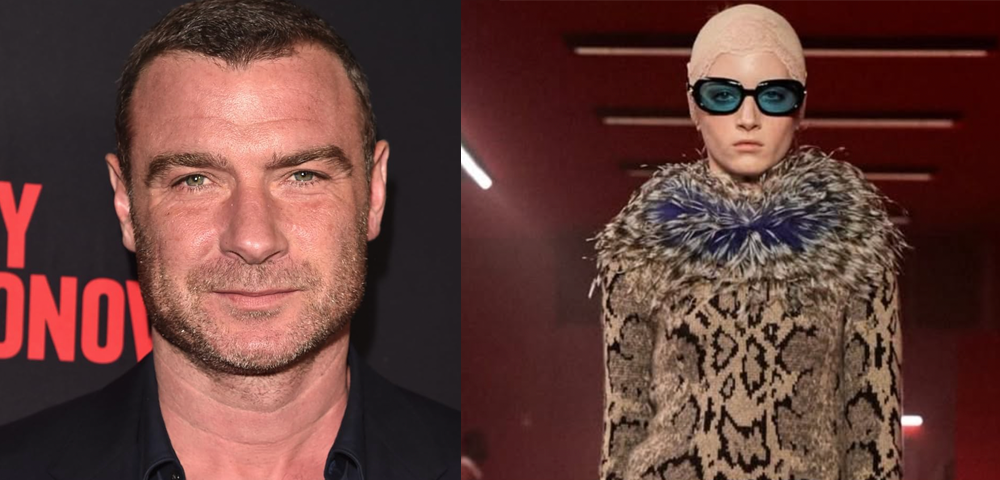
34-Year-Old Free Of HIV, But Experts Urge “Caution”

A 34-year-old HIV positive man from Brazil has seemingly cleared the infection for more than a year after he stopped taking his medicines following an experimental antiretroviral drug therapy regimen.
Though terming it a “cure” would be premature due to the lack of independent verification, this is reportedly the first case of “an adult with HIV to achieve long-term remission without a bone marrow transplant.”
The man identified as the ‘Sao Paulo patient’ was put on a multidrug antiretroviral therapy (ART) with twice-daily nicotinamide (vitamin B3) for 48 weeks went off his HIV medicines in March 2019 and has not had the virus detected in his blood since then. The case was presented at the 23rd International AIDS Conference that is currently being held online (AIDS2020: Virtual) from July 6-10.
The announcement of the results was met with caution by researchers and the community with a reminder that these were preliminary results and that it may be too soon to declare it as a cure.
“Since the beginning of HIV, we have regularly seen much attention paid to supposed ‘HIV cures’ and cases of ‘permanent remission’. These should be viewed with interest but also with caution,” Aaron Cogle, Executive Director, National Association of People With HIV Australia told Star Observer.
“In reality, only two people have ever totally cleared HIV. Both required bone marrow transplants as part of their treatment for cancer. Bone marrow transplants are expensive, complicated interventions that can have serious side effects, making them an impractical cure for the 38 million people now living with HIV.
“Cure research is happening, but until we find one that is safe, replicable and widely accessible, we must wait. For everyone currently living with HIV, the best way to maintain good health, improve quality of life and – in most cases – achieve an undetectable viral load, is to find which of the many HIV treatment options available today is best for them,” added Cogle.
Thorne Harbour CEO, Simon Ruth welcomed the development as a step forward but hastened to add that it may be too soon to take the foot off the pedal.
“The success of this new strategy is an exciting development in global HIV cure research. It’s certainly a step forward, but we’re far from the finish line in the global response to HIV. We’ll need to wait and see if this approach is proven effective in more people. Until then, we need to stay the course in the prevention of new HIV transmissions. This means embracing the contemporary tools we have at our disposal like PrEP and Undetectable Viral Load alongside mainstays like condoms and PEP. And it also means continuing to ensure testing and treatment options are readily accessible to everyone,” said Ruth.
Dr Chantelle Ahlenstiel of the Kirby Institute, who was not associated with the study, said that the findings were important and required follow up investigations to confirm that the virus remained undetectable.
“I’d say that it’s a very interesting cure study that definitely warrants further investigation of the tissue reservoirs, such as lymph nodes, and long-term follow up to confirm the virus is undetectable. Nicotinamide is a histone deacetylase inhibitor, so has the potential to reawaken not only cells that carry sleeping HIV, but also to activate other random genes in the cell, meaning that unintended effects may occur. Nicotinamide is also involved in regulation of metabolism, stress response and aging, so these are particularly important areas to investigate during treatment,” said Dr Ahlenstiel.
The 34-year-old had received his HIV diagnosis on October 11, 2012 and started antiretroviral treatment in December. In 2016 he joined clinical trials along with four other individuals who were administered the experimental regimen of baseline ART, dolutegravir, maraviroc and nicotinamide (500 mg twice daily) for 48 weeks. Maraviroc and nicotinamide are thought to work by luring out HIV hiding in the body, while the other drugs kill the virus. After 48 weeks he went back to standard ART drugs and in March 2019 he completely went off his medicines.
“Notably, 57 weeks after structured treatment interruption, his HIV DNA in cells and his HIV antibody test remains negative,” said Ricardo Diaz of the University of Sao Paulo who presented the data at the conference.
There are only two reported cases of an HIV cure – Timothy Brown in 2007 and nicknamed the Berlin patient, and Adam Castillejo, called the London patient in 2016. Both Brown and Castillejo had received a bone marrow transplant.









